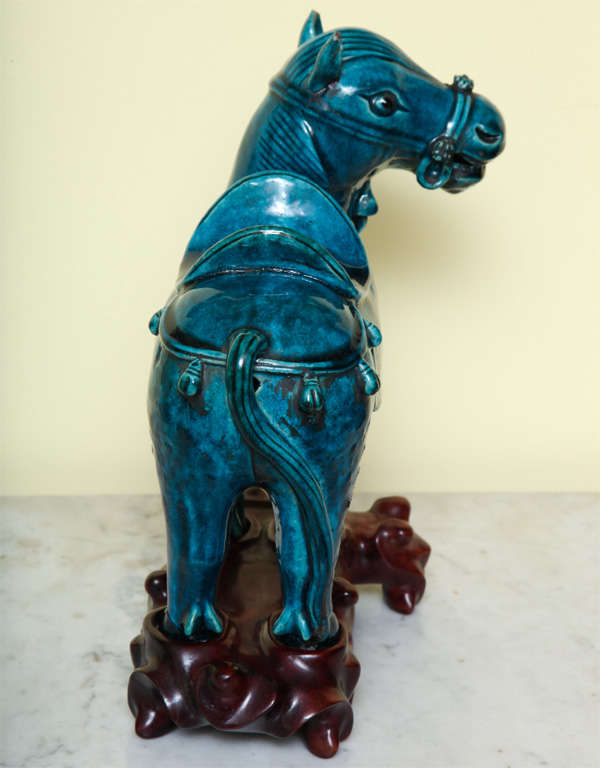
Hallmarks and commendations were still reasonably common, but the commendations moved location from the base of the porcelains to the written inscriptions on the sides of the porcelains in the Late Qing and Republic eras. However, the relative proportions of these categories of marks changed during the Republic with reign marks (nearly all, if not all, apocryphal – there is still some dispute over whether the Hongxian or Jurentang marks can be labelled as reign marks) still making up the bulk of marks, but with private kiln or company marks making up the large majority of the rest. Some marks were used to commemorate a very special event, and some were simply date marks. There are, by definition, no reign marks in the Republic Period, so I queried, what constituted the ‘non-reign’ marks in the previous dynasties? From what I can glean, they were either hall marks (so were still produced in the Imperial kilns, if genuine), potters’ marks and painters’ marks, but by far the greatest number were commendation or aspirational marks, referring to “the destination or ownership of an object, or (to) carry a message of commendation or good wishes” (From Davison’s book). A relatively small but important number of Republic marks are also included. Some are different combinations of reign marks but there are still over 3000 marks to cover the marks of all the Chinese Dynasties from the Shang 1600BCE to the Guangxu reign ending in 1908.

When one looks at the most comprehensive English language lineup of Chinese marks, in ‘The New and Revised Handbook of Marks on Chinese Ceramics’ by Gerald Davison, 2010, almost 3400 different marks are listed. The main thing that separates Republic marks from the marks of all previous times is the enormous number of private kiln and company, maker’s or shop marks. This updated overview will concentrate on the private kiln and company marks, hall and commendation marks, and will also include artist’s marks and seals, where possible. The last overview showed examples of all types of marks from the Republic Period, including reign marks, ‘CHINA’ marks, private kiln marks, hall marks, commendation marks and ‘circle’ marks.

Since then I have acquired many more different marks, as well as more examples of known marks. Chinese Porcelain of the late Qing and Republic Periods – some thoughts January 26, 2013Ī few years ago I posted on the Gotheborg Discussion Board () an overview of Republic of China marks.Some notes on Wan Shou Wu Jiang (万寿无疆) Porcelains since the Late Qing period March 12, 2013.CHINESE REPUBLIC (1912-1949) and other MARKS OVERVIEW May 5, 2013.Dayazhai (大雅齋) Porcelains: A Brief Outline June 6, 2013.Chinese Lions in the 19th and 20th centuries September 10, 2013.The Puce Landscape Pattern on Porcelain – Chinese Republic Era Stereotype March 6, 2014.JIUJIANG PORCELAIN COMPANIES IN THE CHINESE REPUBLIC ERA 九江瓷民国 June 8, 2015.Chinese Republic porcelain, Shanghai marked landscape examples (民国瓷上海) June 19, 2015.Green press-moulded wares, Republic of China (& earlier) July 26, 2015.Wang Bu’s Chrysanthemum Legacy (王步菊花遗产) September 15, 2015.Deconstructing the ‘Rice Grain’ Pattern on Chinese Porcelain – Late Qing to PRC December 7, 2015.The Ogee Cartouche on Chinese Republic Porcelains (民国瓷反弧开光) June 25, 2016.

#Chinese ceramic blue horse bookends update#
(An update to this marks overview for May 2014 is now complete.


 0 kommentar(er)
0 kommentar(er)
